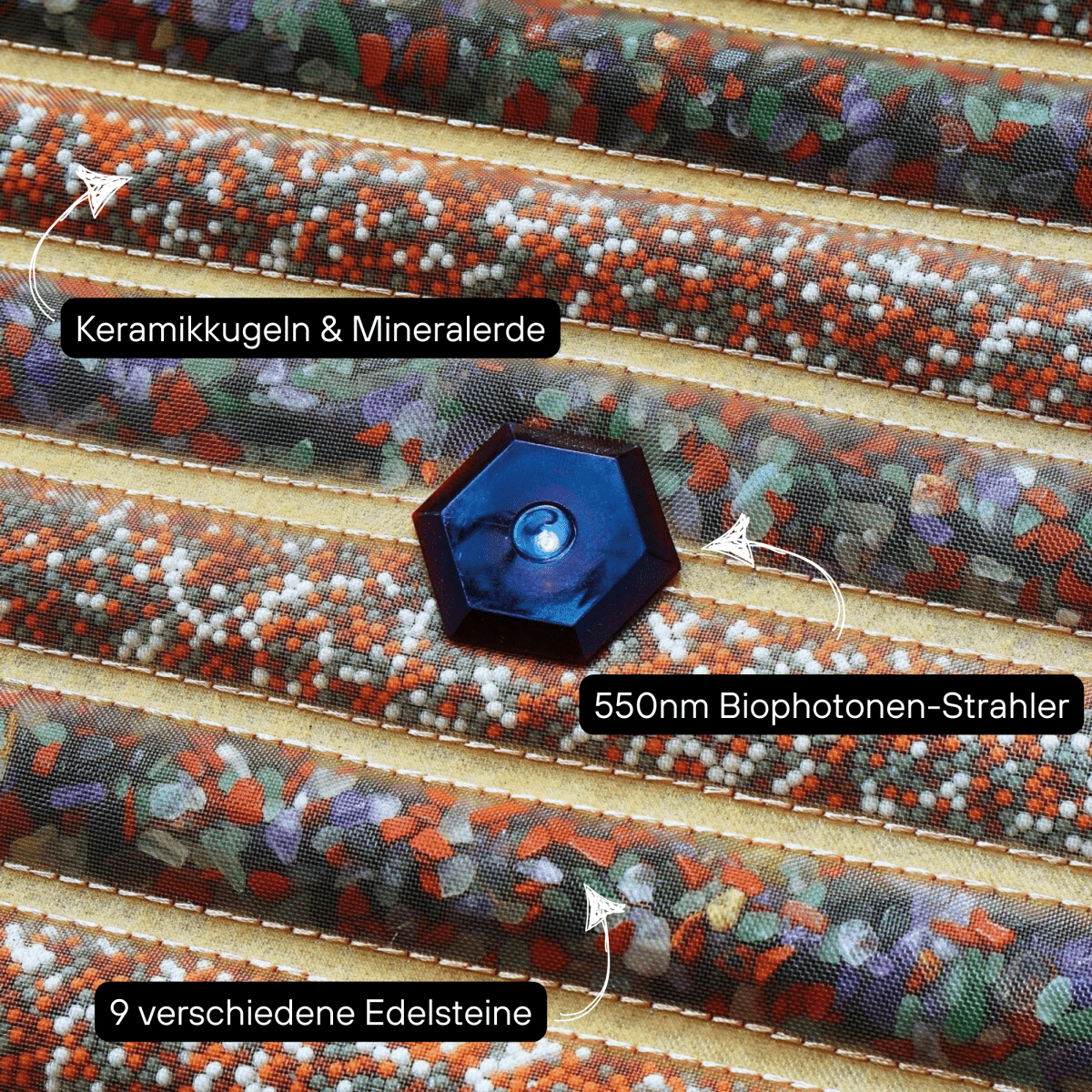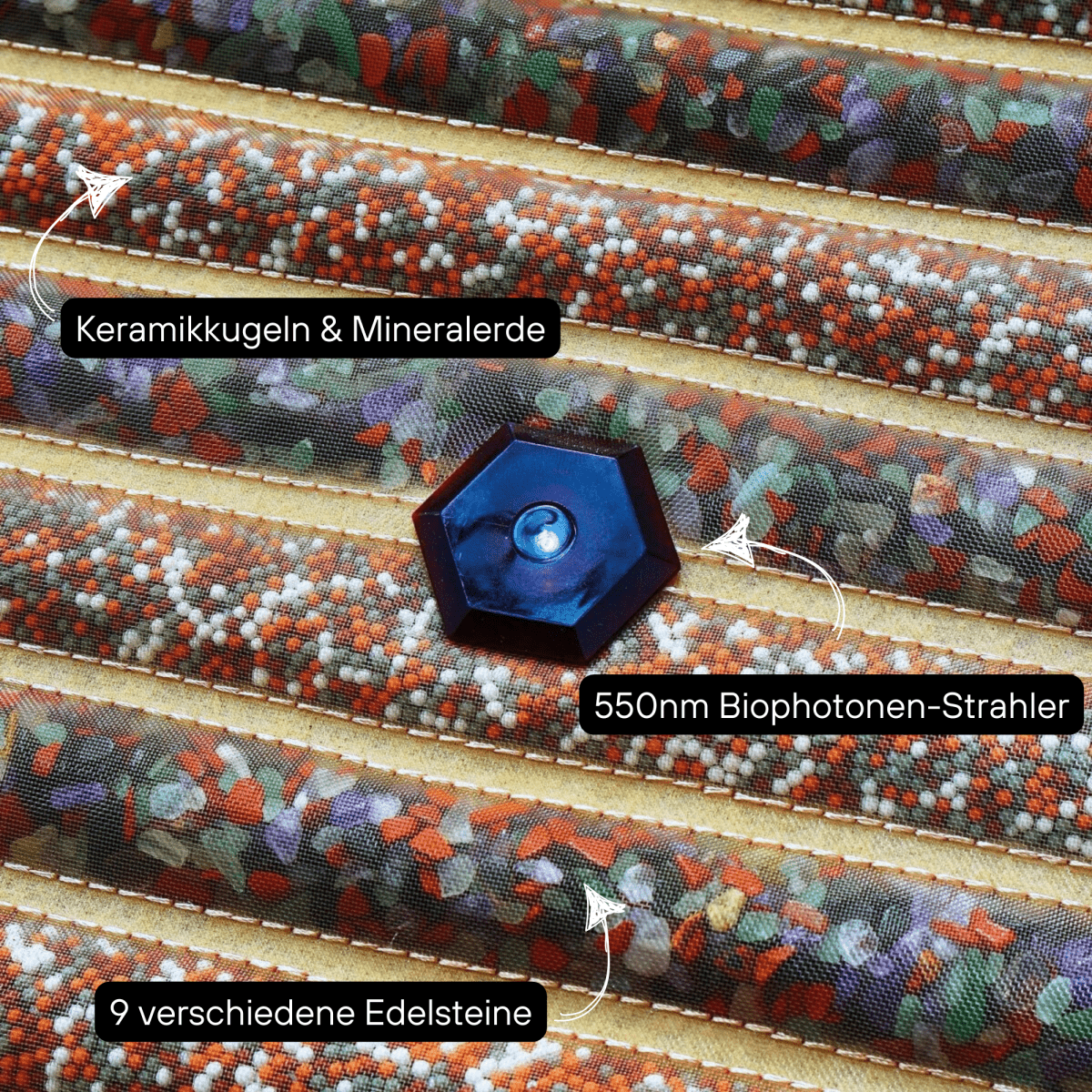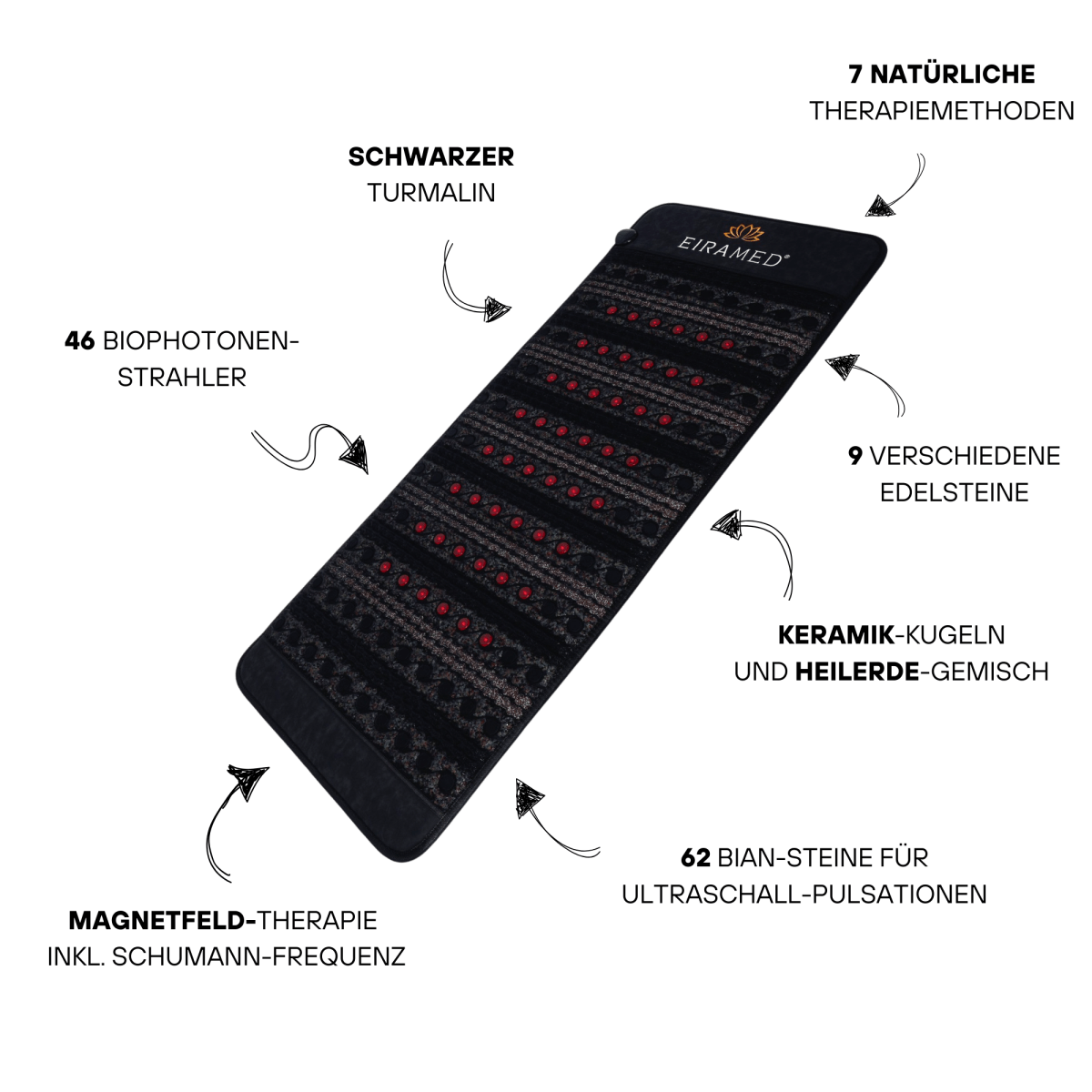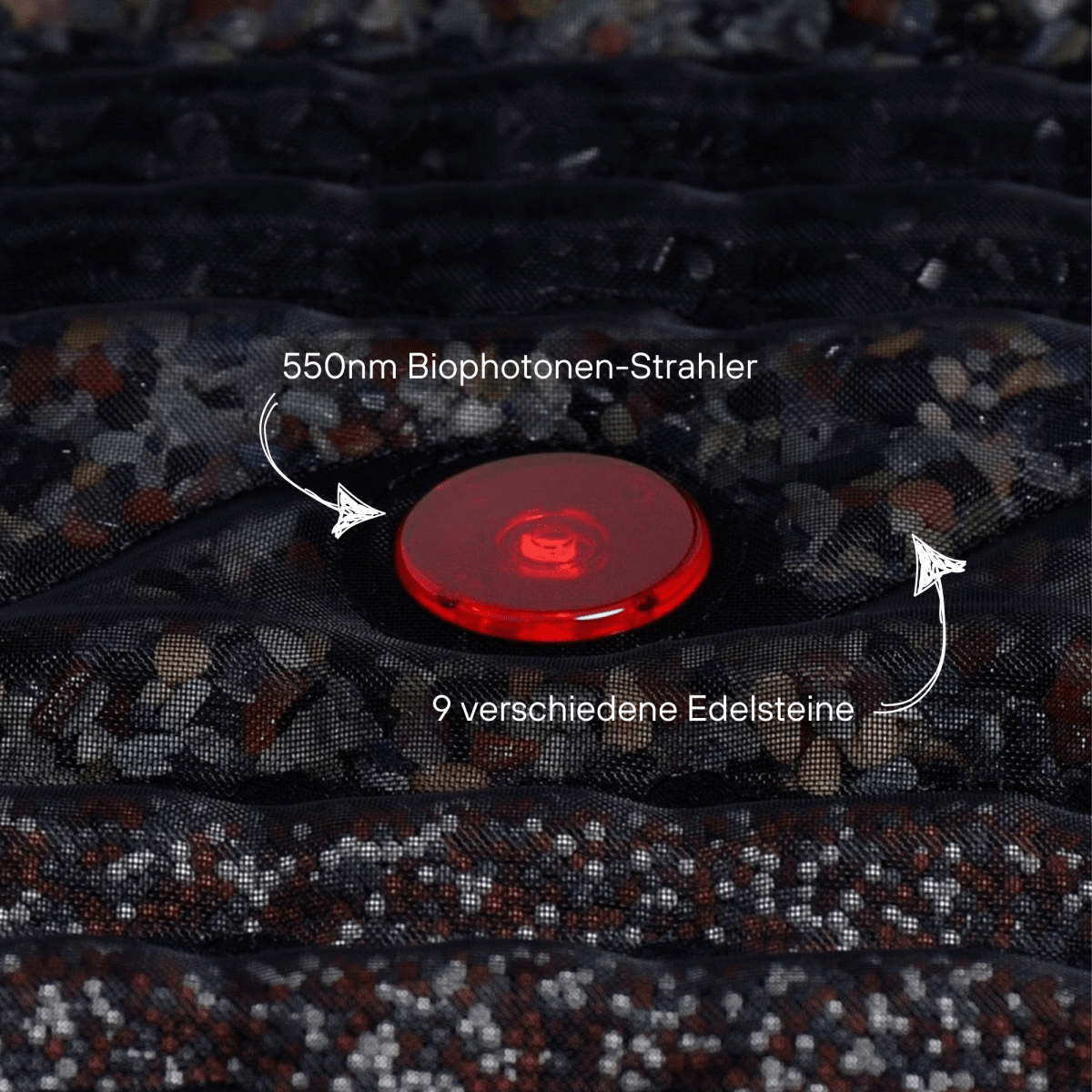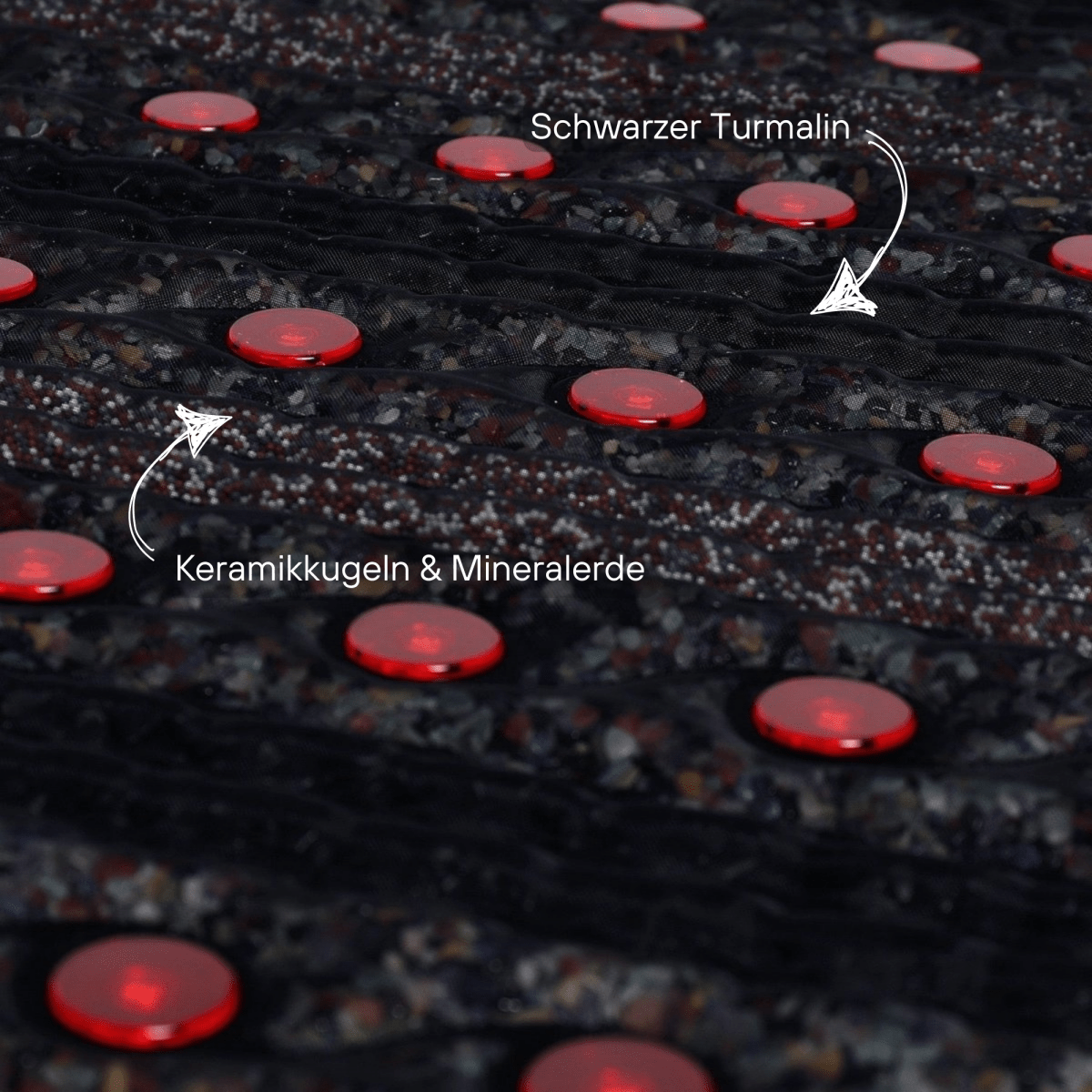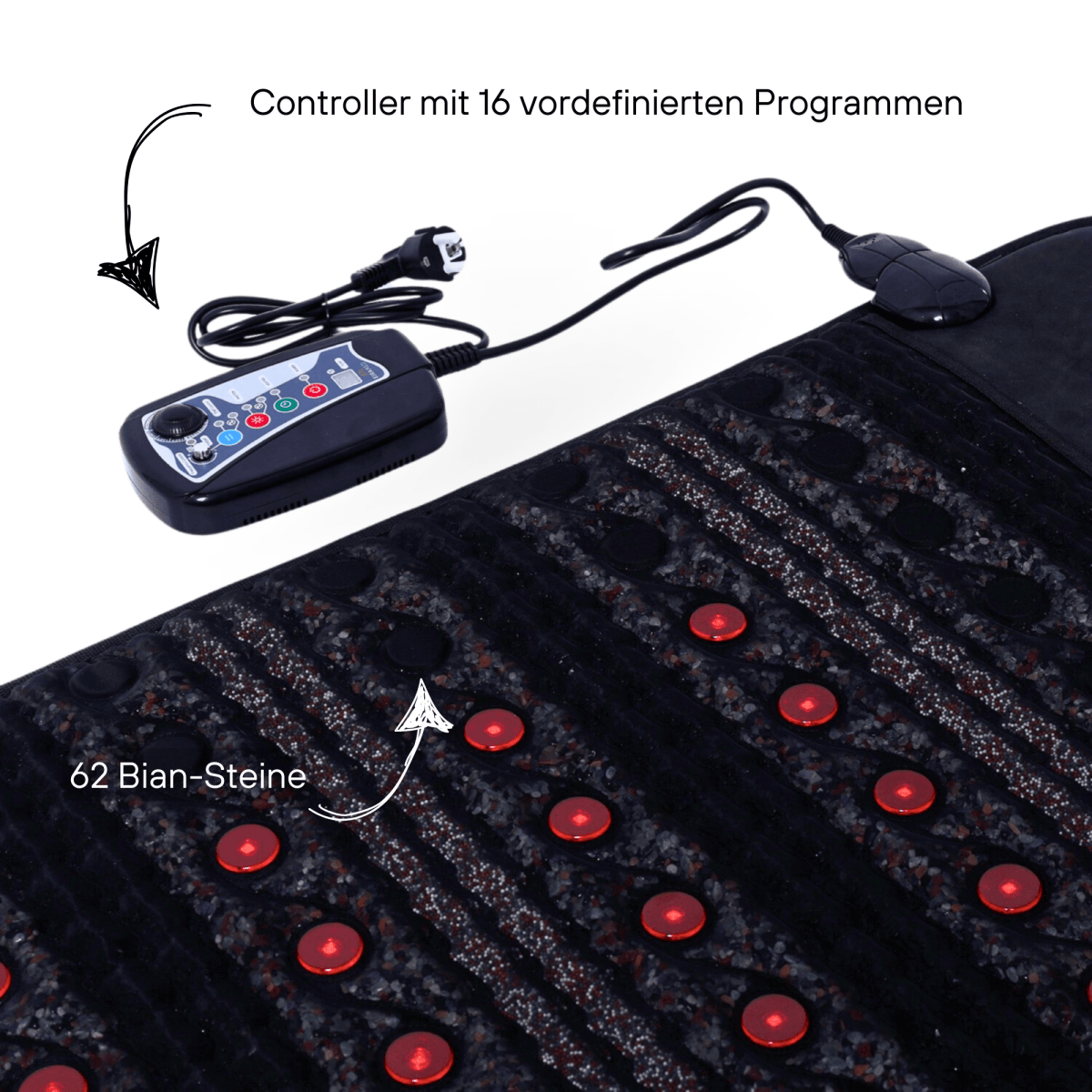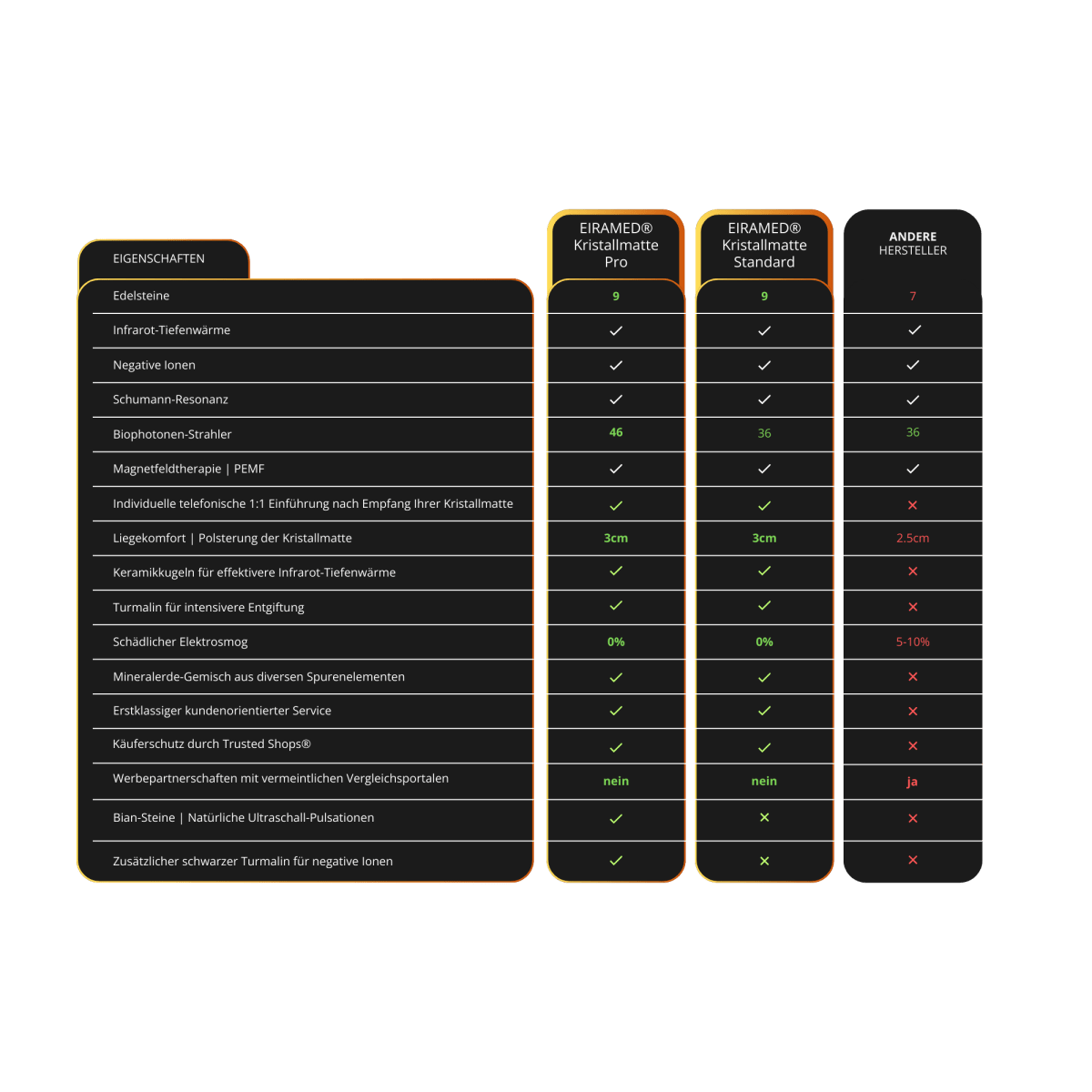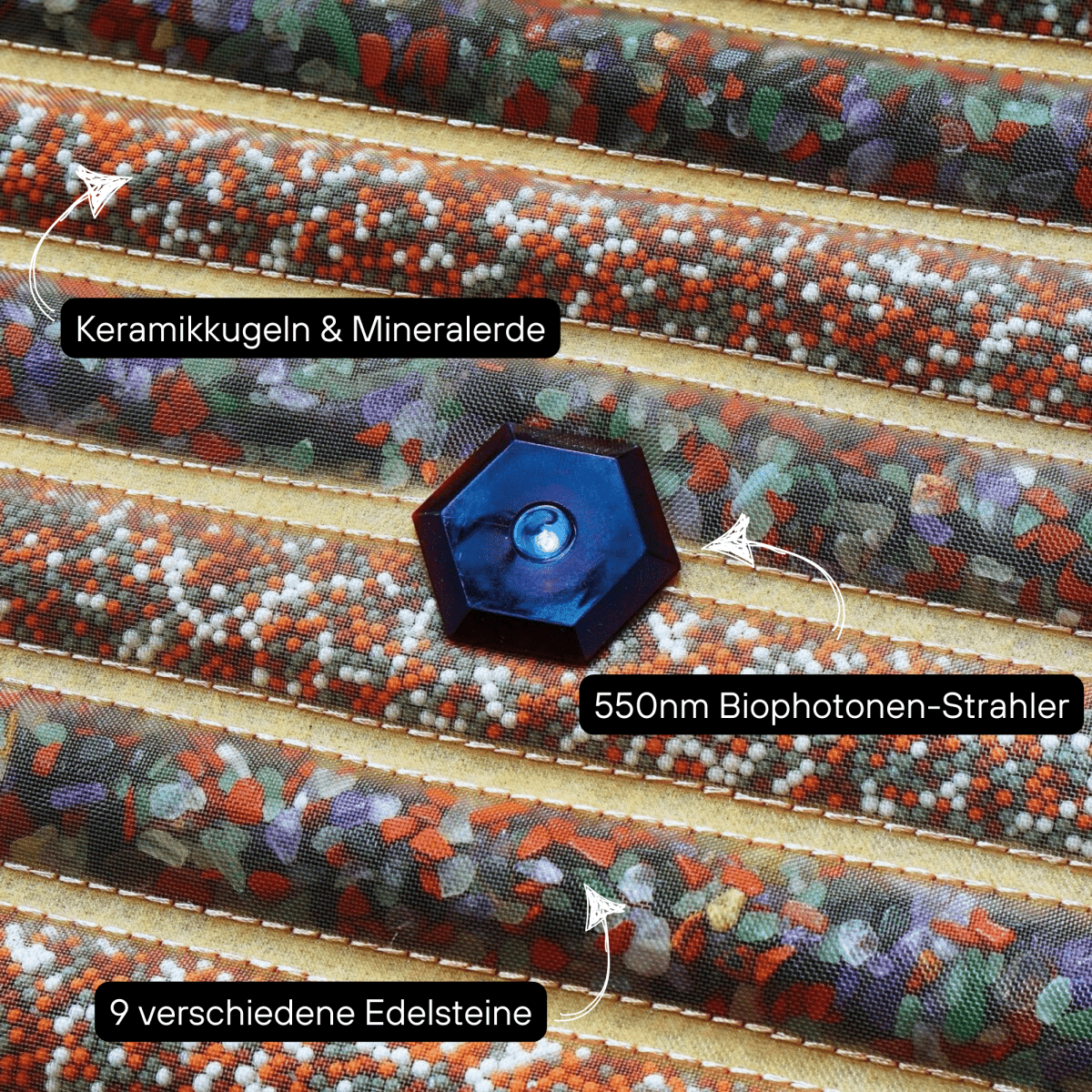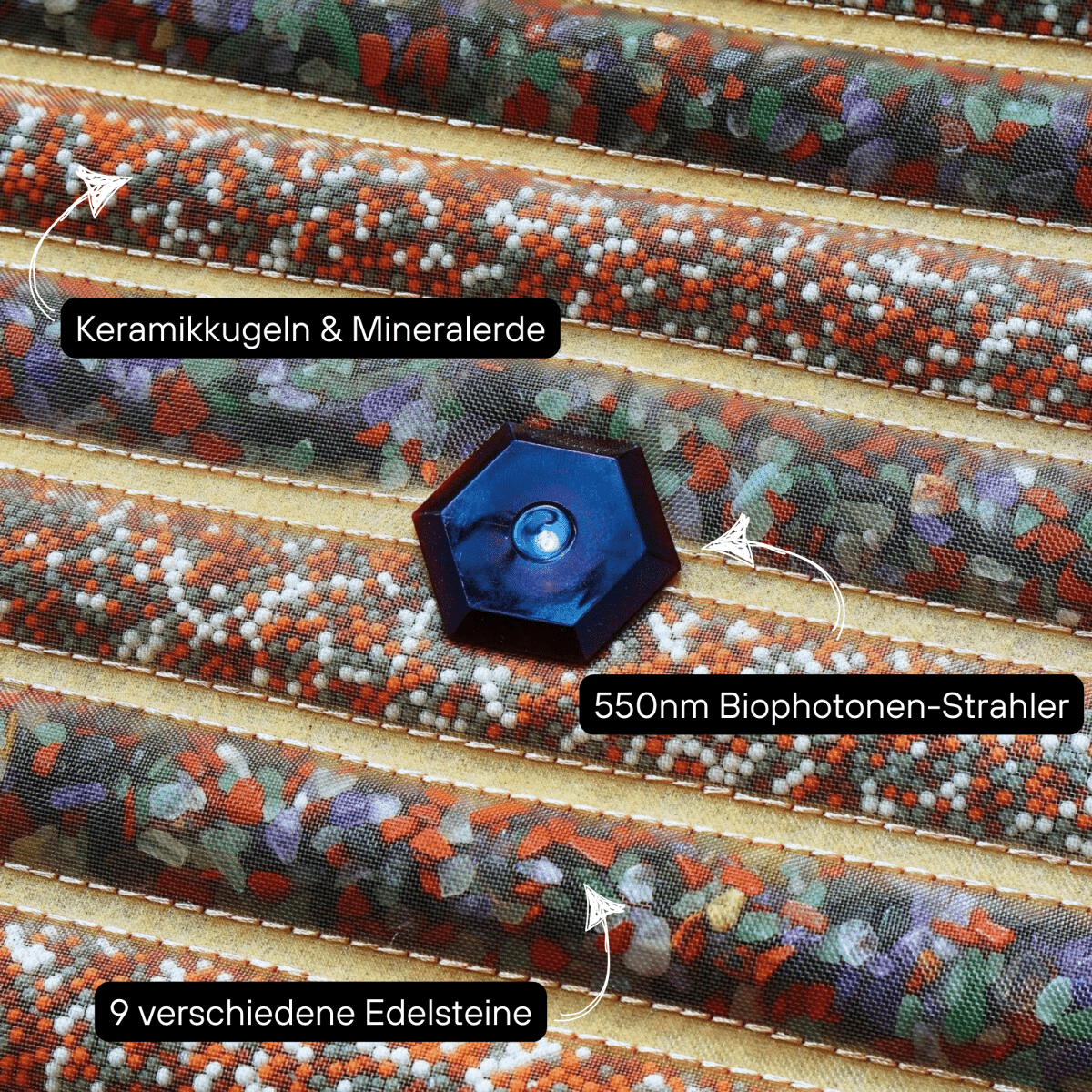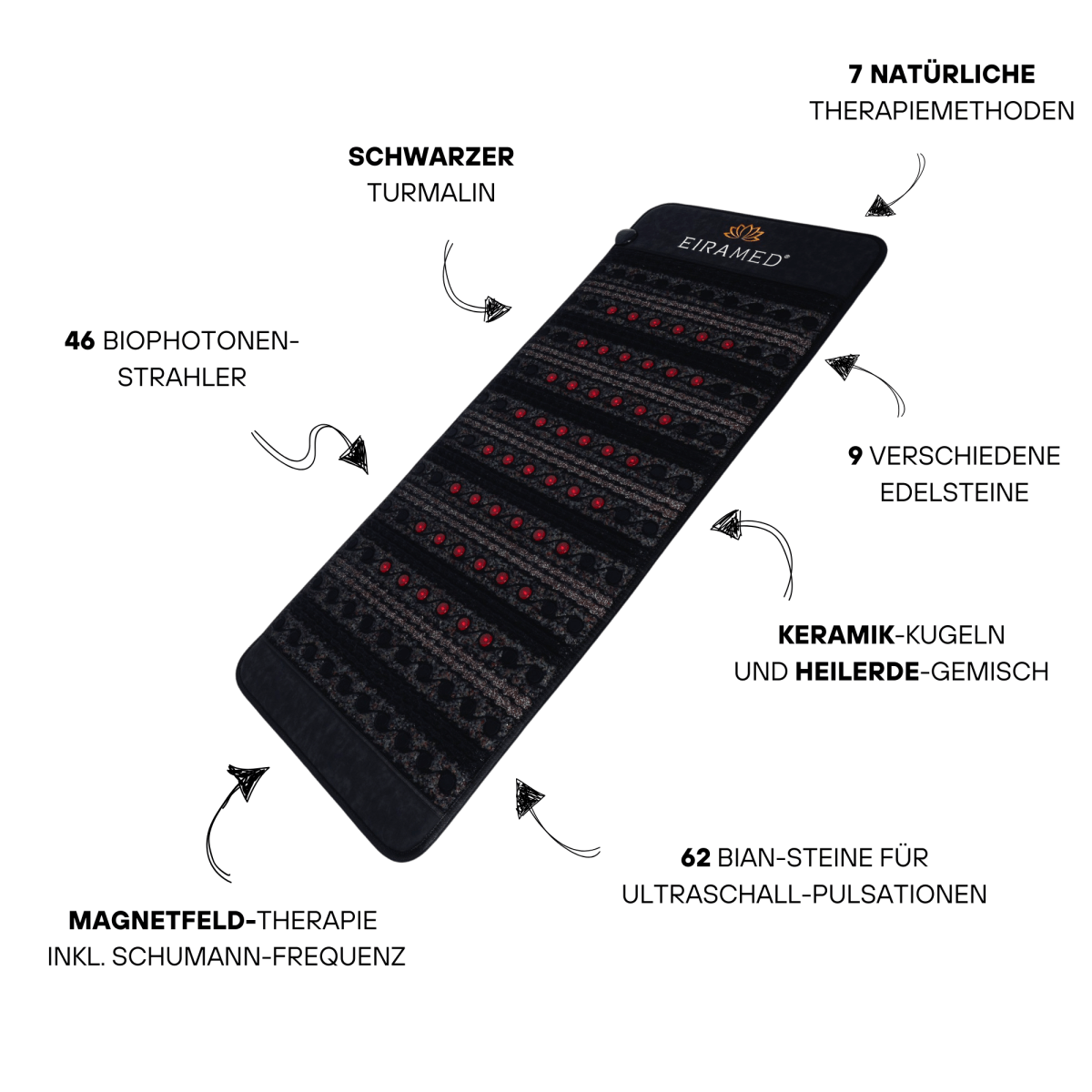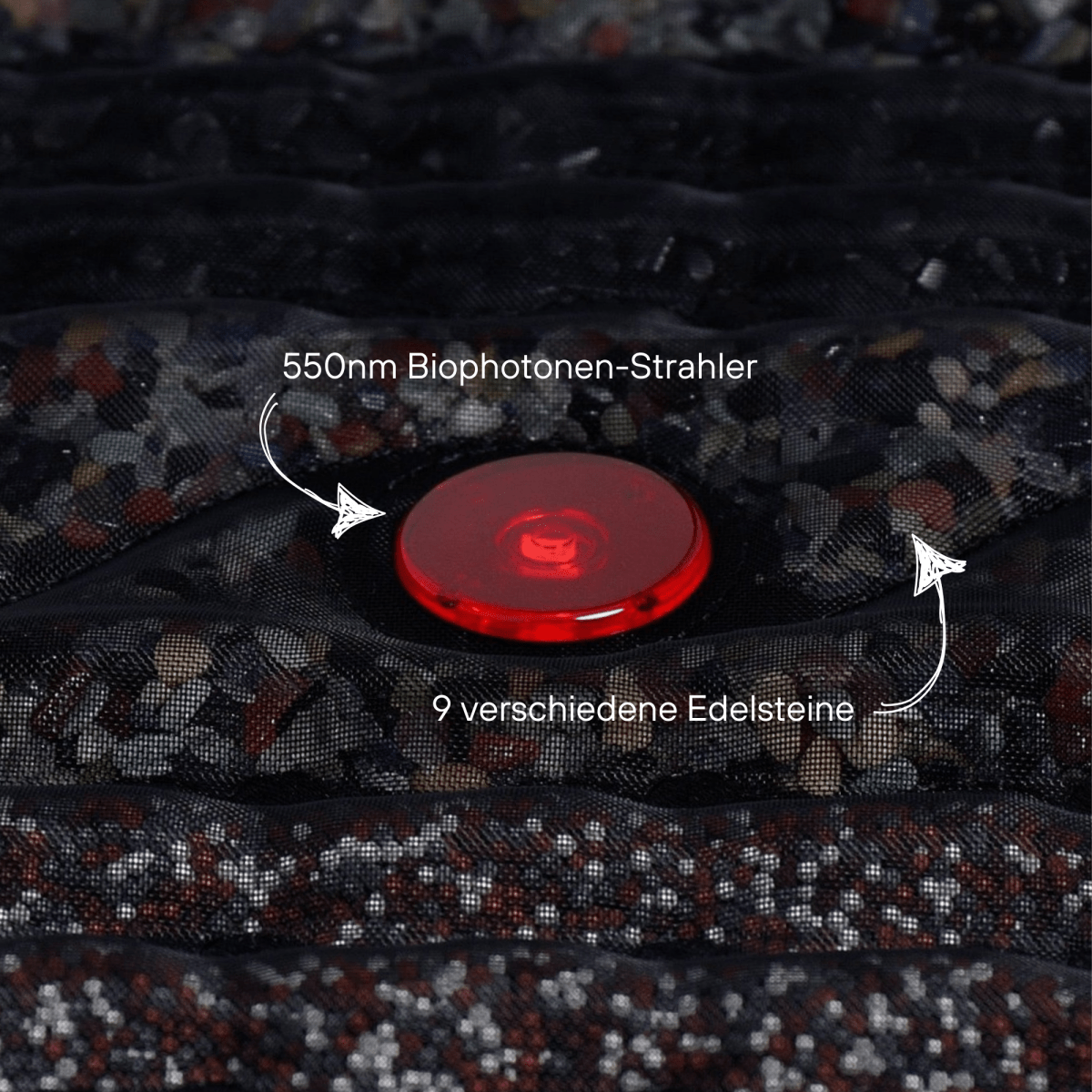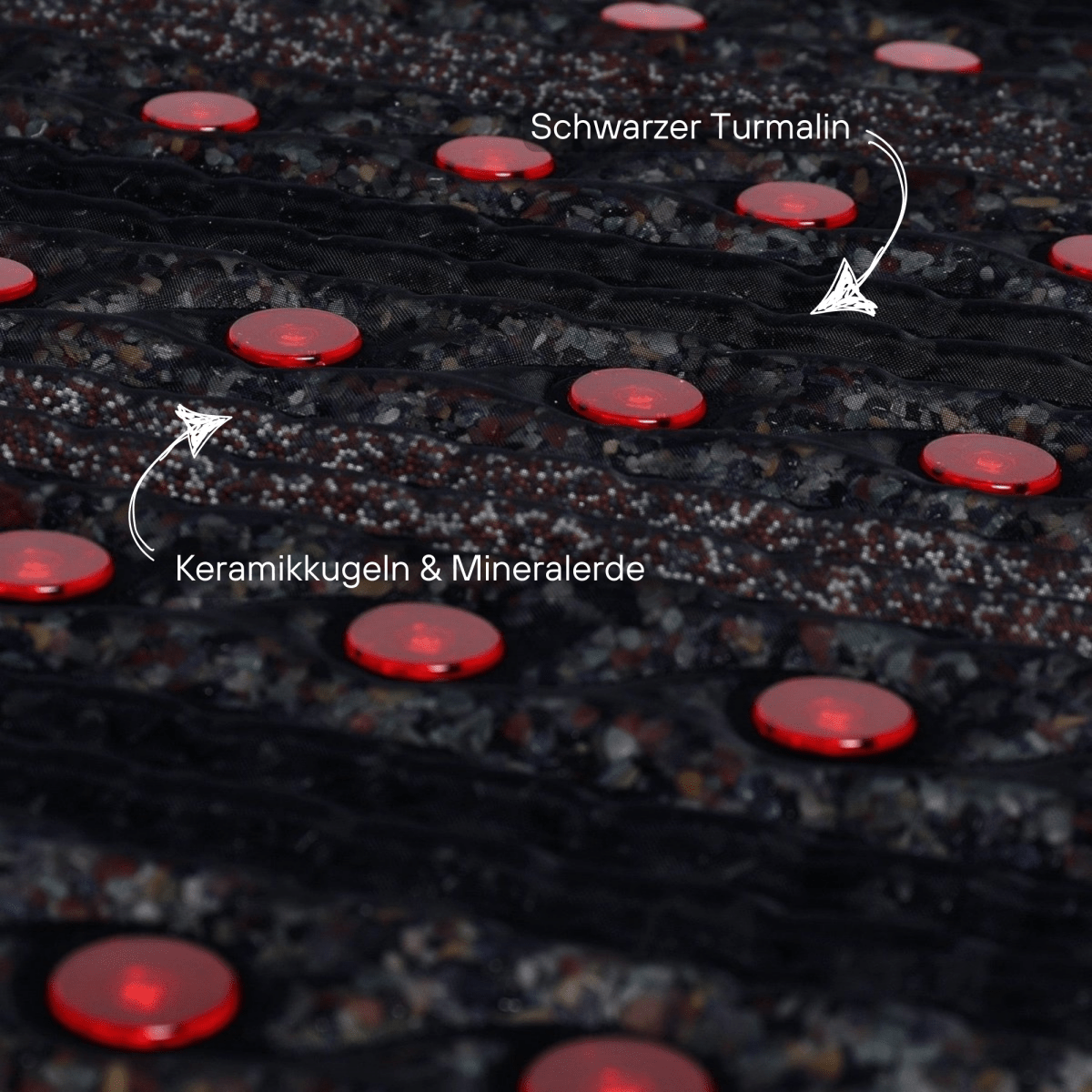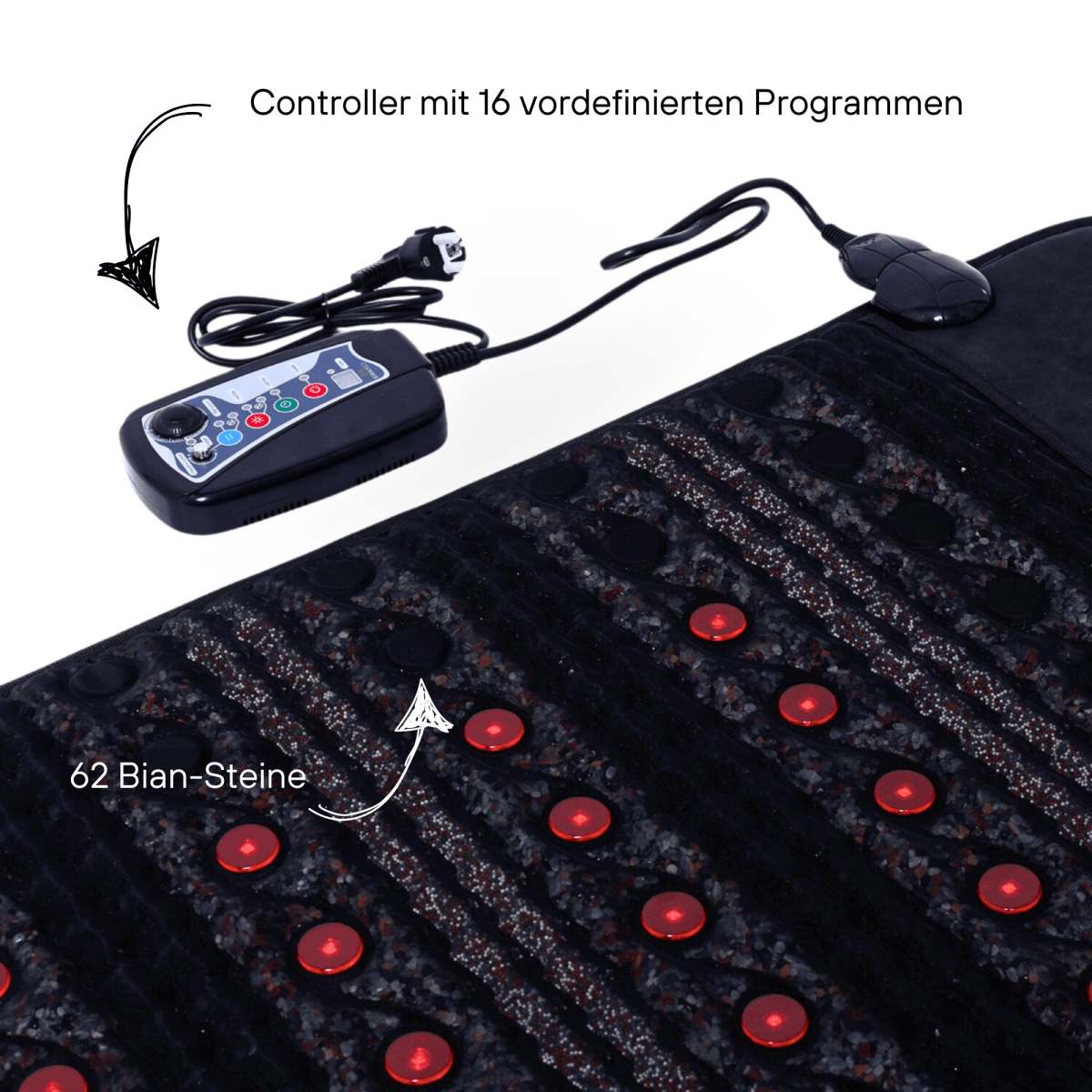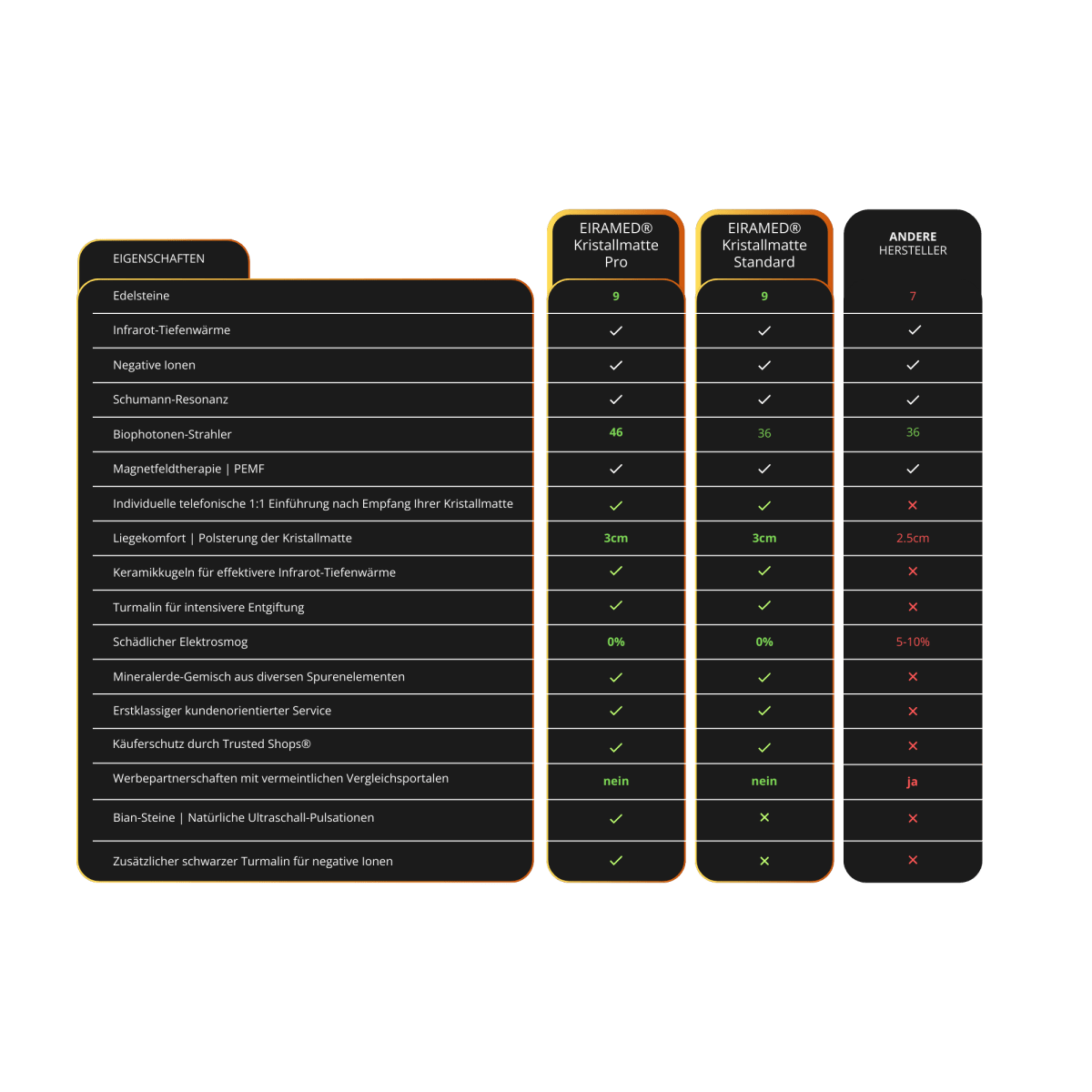Introduction
In a world where we are constantly looking for effective and gentle healing methods, magnetic field therapy is becoming increasingly important. This form of therapy, based on the use of magnetic fields, offers a fascinating alternative to conventional medical treatments. It is particularly attractive because it is non-invasive and does not cause pain. While magnetic therapy has often been met with skepticism in the past, scientific research is now providing an increasingly clear picture of its effectiveness and potential in healthcare. In this article we look at some of the most recent studies on magnetic therapy. These studies give us valuable insights into the mechanisms and effectiveness of this form of therapy and open up new perspectives for its use in the treatment of various health challenges.
Basics of magnetic field therapy
Magnetic field therapy, also known as Pulsed Electromagnetic Field Therapy (PEMF), is based on the application of magnetic fields to treat the human body. This form of therapy uses specific frequencies and intensities of magnetic fields to create biological effects in the body. The underlying theory is that these magnetic fields interact at a molecular level, supporting the body's natural healing processes.
Magnetic fields are thought to improve cell communication, which in turn promotes cell regeneration. This process could accelerate the repair of damaged tissue and help heal injuries and illnesses. It is also believed that magnetic fields can increase blood circulation, resulting in an improved oxygen and nutrient supply to the cells. This improved blood flow could also help relieve pain by reducing inflammation and promoting healing.
Although the exact mechanisms of action of magnetic therapy are not yet fully understood, many studies suggest that it represents a promising treatment option for a range of health problems. In the following sections, we will take a closer look at some of these studies and analyze their findings regarding the effectiveness of magnetic therapy.
Fibromyalgia Pain Treatment Study
A pilot study on the effectiveness of magnetic therapy in treating fibromyalgia pain showed promising results. The study included 37 female patients suffering from fibromyalgia, a chronic condition characterized by widespread pain and fatigue. The participants were divided into two groups: one group received magnetic field therapy, while the other group received a sham treatment (placebo).
Magnetic therapy was performed with an extremely low frequency magnetic field (ELF-MF) of 100 microtesla at frequencies between 1 and 80 Hz. Treatment took place in a cycle of eight 45-minute sessions, spaced every other day over a period of four weeks. After this treatment, there was a significant reduction in pain intensity in the patients who underwent magnetic field therapy compared to the placebo group.
These results are particularly noteworthy as they suggest an effective, non-invasive and painless treatment method for fibromyalgia patients. The study shows that magnetic field therapy has the potential to relieve the chronic pain associated with fibromyalgia and thus significantly improve the quality of life of those affected. These findings suggest that magnetic field therapy represents a promising treatment option for patients with fibromyalgia and could pave the way for further research and clinical applications of this form of therapy.
Study on the therapy of chronic pain
The second study we look at focused on the effectiveness of extremely low frequency magnetic field (ELF-MF) therapy in treating chronic pain. This study examined 49 patients suffering from various musculoskeletal disorders.
The therapy was carried out using a special device called Quec Phisis, which generated the magnetic field in a manner equivalent to ion cyclotron resonance. Patients underwent eight therapy sessions, each lasting 45 minutes and performed every other day. The effectiveness of the treatment was measured by assessing the body's bioelectrical parameters and by quantifying pain perception using a visual analogue scale.
The results showed that significant increases in body resistance (R/h) and reactance (Xc/h) parameters were recorded after magnetic therapy. These changes were accompanied by a reduction in pain perception. These findings suggest that ELF-MF therapy can restore the body's health status and thus can be considered as an effective therapeutic method for treating pain resulting from musculoskeletal diseases.
The study highlights the potential of magnetic field therapy as a valuable treatment option for chronic pain patients. It offers new insights into the mechanisms through which this form of therapy works and emphasizes the importance of further research to optimize the effectiveness and applicability of magnetic therapy in various medical contexts.
Final word
In summary, the studies presented in this blog post demonstrate the potential of magnetic therapy in treating a range of health problems. From relieving fibromyalgia pain to treating chronic pain, this form of therapy shows remarkable results. These findings offer interesting perspectives for the future development and application of magnetic field therapy and emphasize the importance of further research in this area. The continued development and validation of this therapy through scientific studies will help to consolidate its role in modern medicine and potentially open up new ways to treat and improve the quality of life of patients with various health conditions.








